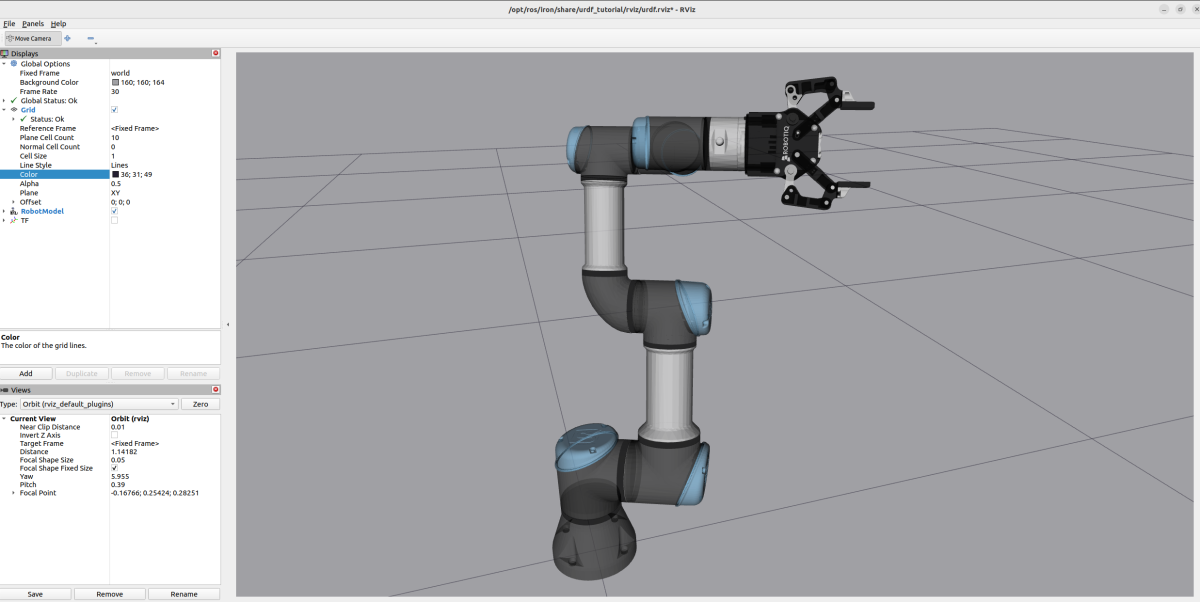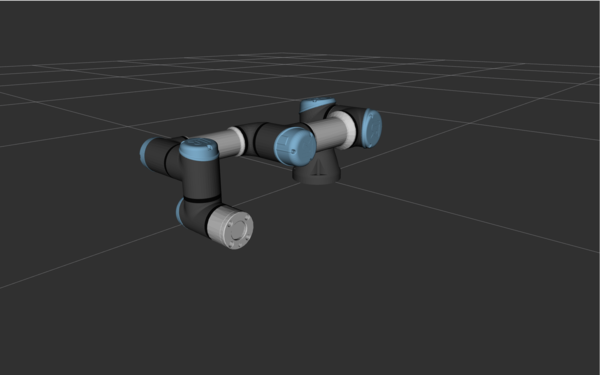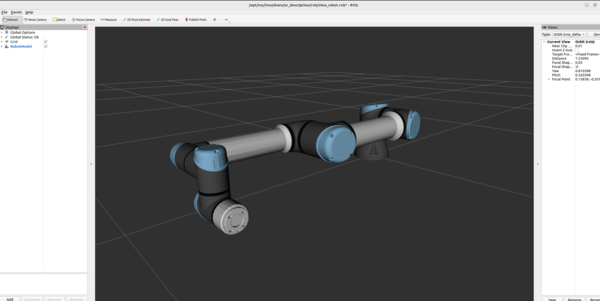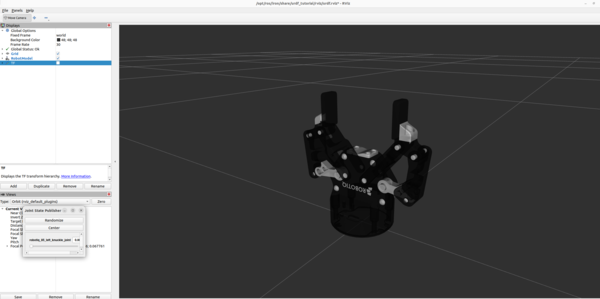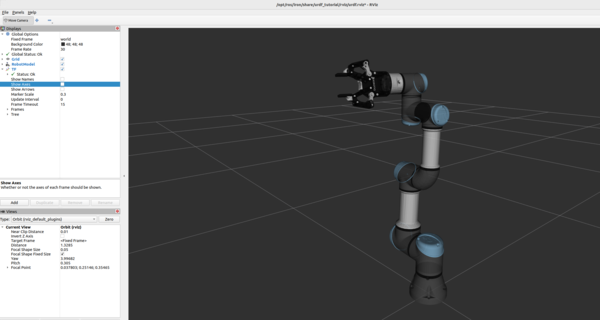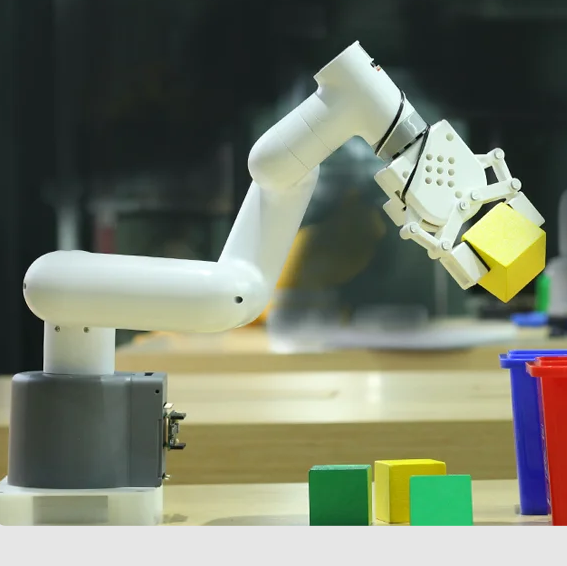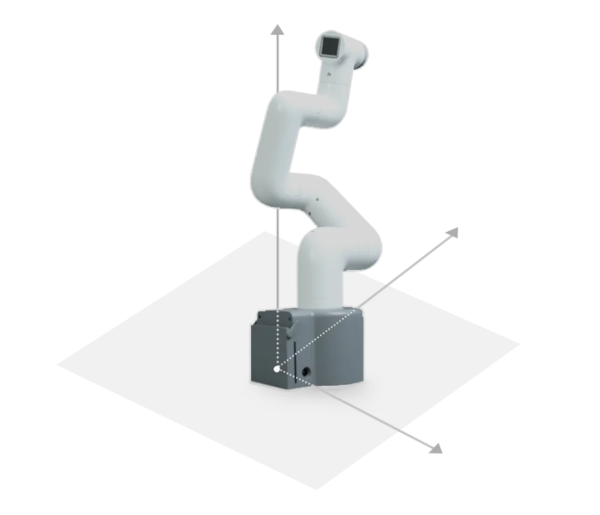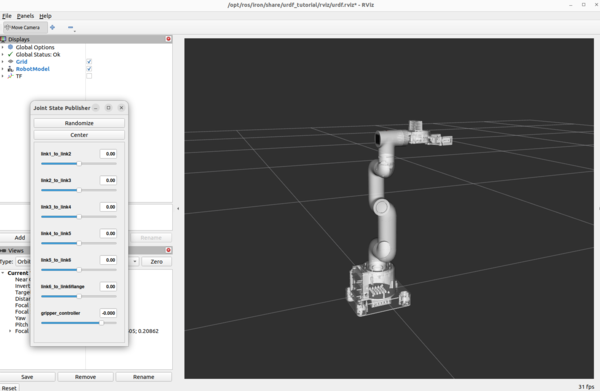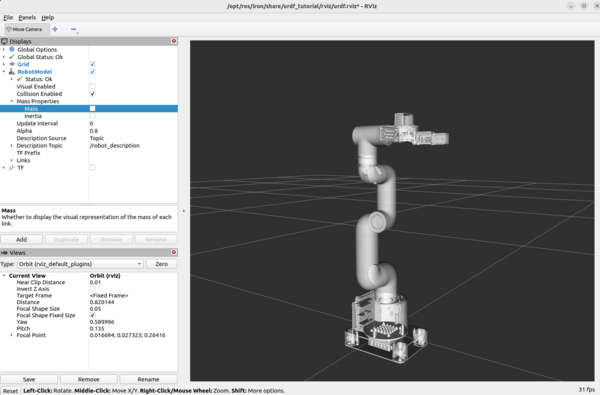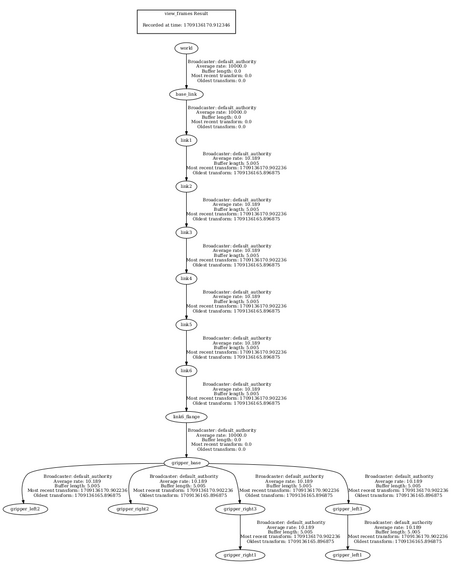Summary
Winning technology companies become winners and remain winners by satisfying human desires with greater SPEED and/or SIMPLICITY than those who came before them. Those who keep that in mind will profit immensely. Those who lose sight of that will have problems.
If you are running a tech startup, remember that to win over the long haul, you must satisfy human desires with greater speed and/or simplicity than current market leaders. The easiest way to do that is to take a human desire…one that has been around for a long time…and make it more easily attainable by using technology to remove steps from what people are currently doing to satisfy that desire.
Entrepreneurs are professional step removers.
Bottom Line: Help people get what they want faster and/or more simply, and profit immensely.
Introduction
In the realm of technology and innovation, Ev Williams, a co-founder of Twitter and Medium, has articulated a compelling formula for achieving wealth and success: eliminate unnecessary steps in everyday tasks. This principle of simplifying processes to their most efficient forms is not just a strategy but a philosophy that has propelled companies like Uber, Google, and Amazon to unprecedented heights of success and influence. These tech giants have mastered the art of providing unparalleled convenience and ease, essentially by adhering to two fundamental tenets: speed and cognitive ease. By understanding and harnessing the power of these elements, they’ve managed to tap into long-standing human desires, making them more accessible through modern technology.
This blog post aims to delve deep into the concept that Williams highlighted, exploring how the simplicity and speed in technology can serve as a golden ticket to startup success. By examining the trajectories of Uber, Google, and Amazon as illustrative examples, we will uncover the underlying principles that any tech startup can adopt to achieve similar success. Additionally, we will offer actionable insights and strategies for integrating these principles into the fabric of emerging technology ventures.
The Human Desire for Convenience
The quest for convenience is as old as humanity itself. From the invention of the wheel to the creation of the internet, each technological breakthrough has been driven by a desire to make life easier, more efficient, and more enjoyable.
In the pre-digital age, innovations were primarily focused on physical labor and time reduction. However, as we transitioned into the digital era, the focus shifted towards cognitive ease and speed of access.
This shift is rooted in our inherent desire for instant gratification—a trait that has been significantly amplified by the internet and mobile technology. Today, we live in a world where the expectation is not just for things to be easier, but for them to be instantaneously accessible. The success stories of tech giants like Uber, Google, and Amazon are a testament to this evolution. By identifying and eliminating friction points in everyday activities, these companies have not only satisfied but exceeded the modern consumer’s expectations for convenience.
The Philosophy of Simplification
Humans are wired to seek convenience and efficiency. This innate desire has been the driving force behind many technological advancements throughout history. In the digital age, this pursuit has taken on a new dimension, with simplicity and speed becoming paramount in product design and service delivery. The psychological underpinning of this trend is straightforward: the less effort the brain has to make to achieve a desired outcome, the more appealing that pathway becomes. Simplification, therefore, is not just a design principle but a strategic approach to capturing and retaining user interest and loyalty.
Case Studies
Uber
Uber transformed the transportation industry by removing the friction involved in hailing a taxi. By introducing a simple app that connects drivers with passengers, Uber made it possible to secure a ride with just a few taps on a smartphone. This convenience, coupled with transparent pricing and payment, epitomizes the power of removing unnecessary steps to meet a fundamental human need: getting from point A to B efficiently.
Google’s mission to organize the world’s information and make it universally accessible and useful is a testament to the power of simplicity. With a clean interface and a sophisticated algorithm, Google has made it incredibly easy for users to find information on the internet quickly. This focus on speed and ease of use has made Google the go-to search engine for billions of people worldwide.
Amazon
Amazon has revolutionized the retail industry by making online shopping as easy and convenient as possible. From one-click purchases to same-day delivery options, Amazon has continually focused on reducing the barriers to online shopping, fulfilling the human desire for immediate gratification and hassle-free transactions.
Practical Steps for Startups
For startups looking to replicate the success of giants like Uber, Google, and Amazon, the key lies in identifying common activities or pain points that can be simplified. This involves a deep understanding of the target audience and a commitment to designing with the user experience in mind. Continuous improvement based on user feedback is also crucial, as it helps refine the product or service to better meet the needs of the market.
Challenges and Considerations
While simplicity and speed are powerful drivers of success, they are not without their challenges. Startups must carefully balance the quest for simplicity with the need to provide a comprehensive and functional product. Over-simplification can lead to a loss of valuable features or fail to meet users’ needs effectively.
Conclusion
The secret to tech startup success lies in understanding and applying the principle of removing unnecessary steps to make common activities faster and easier. By focusing on speed and simplicity, startups can create products and services that resonate deeply with users, fulfilling their desires in the most efficient way possible. As the tech landscape continues to evolve, the startups that prioritize the user’s ease and convenience will be the ones that stand out and succeed in the crowded marketplace.


